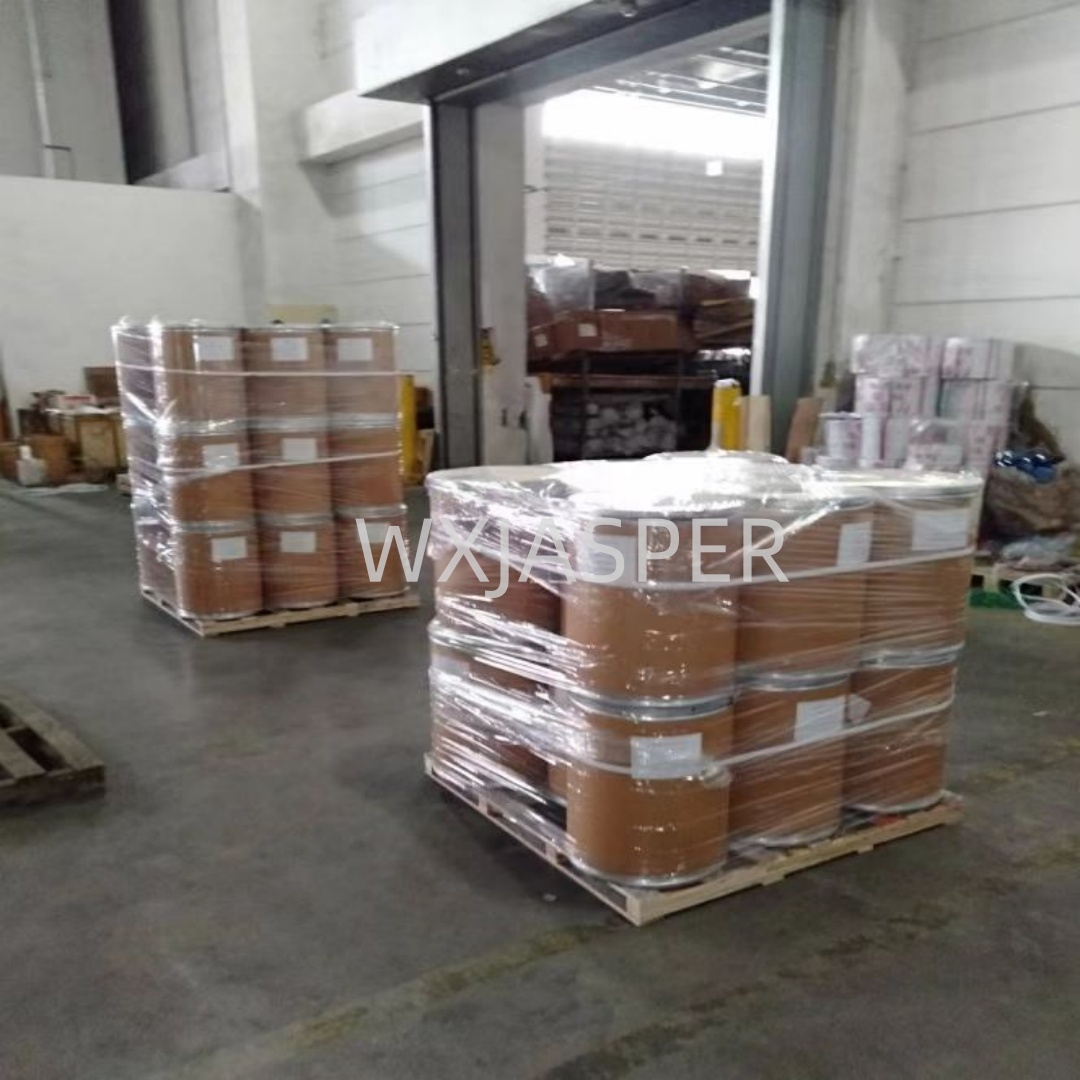Product Details
CasNo: 1897-45-6
MF: C8Cl4N2
Appearance: White crystal
Delivery Time: 15 days
Packing: 25kg/drum
Purity: 98%
Product Details of Chlorothalonil
Chlorothalonil is an organic compound with the chemical formula C₈Cl₄N₂, and it is a broad-spectrum protective fungicide. Its product details are as follows:
1. Basic Information
- Chinese Name: 百菌清 (Bǎijūnqīng)
- English Name: Chlorothalonil
- Chinese Aliases: 2,4,5,6 - 四氯 - 1,3 - 苯二腈 (2,4,5,6-Tetrachloro-1,3-benzenedicarbonitrile), 四氯间苯二甲腈 (Tetrachloroisophthalonitrile)
- CAS Registry Number: 1897-45-6
- Molecular Weight: 265.91
2. Physicochemical Properties
- Appearance:
- Pure product: White crystals, odorless;
- Technical grade (purity >98%): Slightly pungent odor.
- Melting Point: 250-251℃
- Boiling Point: 350℃
- Solubility (at 25℃):
- Slightly soluble in water (solubility: 0.9 mg/L);
- Soluble in organic solvents such as xylene, acetone, and cyclohexanone. Specific solubilities include: 80 g/L in xylene, 20 g/L in acetone.
- Stability: Stable at room temperature, and under general acidic, alkaline, or UV light conditions. It is not resistant to strong alkalis and has no corrosive properties.
3. Toxicity
3.1 Toxicity to Humans and Animals
- Classified as a low-toxicity fungicide:
- Acute oral LD₅₀ for rats: >10,000 mg/kg;
- Acute dermal LD₅₀ for rabbits: >10,000 mg/kg.
- Irritation: Causes strong irritation to the conjunctiva and cornea of rabbit eyes; may cause mild skin irritation in a small number of humans.
3.2 Toxicity to Other Organisms
- Highly toxic to fish: LC₅₀ (96h) for rainbow trout: 0.205 mg/L;
- Safe for birds and honeybees.
4. Mechanism of Action
Chlorothalonil exerts its fungicidal effect by interacting with glyceraldehyde-3-phosphate dehydrogenase in fungal cells. It binds to the cysteine-containing proteins in this enzyme, thereby inactivating the enzyme. This disruption of enzyme activity impairs the fungal cell’s metabolic processes, ultimately leading to the death of the fungus.
5. Formulations
Common formulations include:
- 40% Chlorothalonil Suspension Concentrate (SC)
- 50%, 75% Chlorothalonil Wettable Powder (WP)
- 75% Chlorothalonil Water-Dispersible Granules (WDG)
- 10% Chlorothalonil Oil Solution
- 5%, 25% Chlorothalonil Granules (GR)
- 2.5%, 10%, 30%, 45% Chlorothalonil Smoke Generator
- 5% Chlorothalonil Dustable Powder (DP)
6. Application Scope
Widely used for controlling various diseases in vegetables, fruits, tea plants, peanuts, kenaf, cucumbers, and other crops. Key target diseases include:
- Cereals: Wheat scab (Fusarium graminearum);
- Tomatoes: Early blight, late blight, leaf mold, and septoria leaf spot;
- Cucurbits (cucumbers, melons): Downy mildew and anthracnose;
- Peaches: Brown rot and scab;
- Tea plants: Anthracnose and blister blight.


